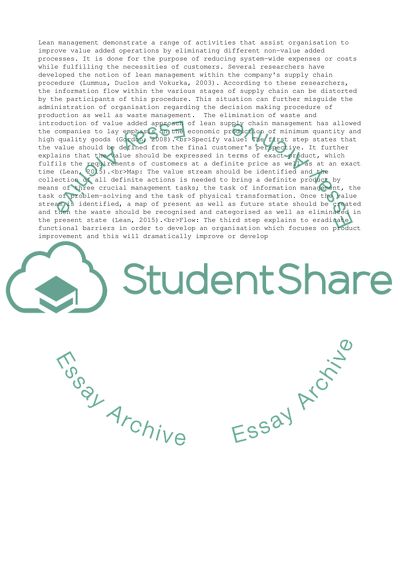Cite this document
(Implementation of Lean - Critical Discussion Assignment, n.d.)
Implementation of Lean - Critical Discussion Assignment. https://studentshare.org/management/1880313-implementation-of-lean-critical-discussion
Implementation of Lean - Critical Discussion Assignment. https://studentshare.org/management/1880313-implementation-of-lean-critical-discussion
(Implementation of Lean - Critical Discussion Assignment)
Implementation of Lean - Critical Discussion Assignment. https://studentshare.org/management/1880313-implementation-of-lean-critical-discussion.
Implementation of Lean - Critical Discussion Assignment. https://studentshare.org/management/1880313-implementation-of-lean-critical-discussion.
“Implementation of Lean - Critical Discussion Assignment”. https://studentshare.org/management/1880313-implementation-of-lean-critical-discussion.


